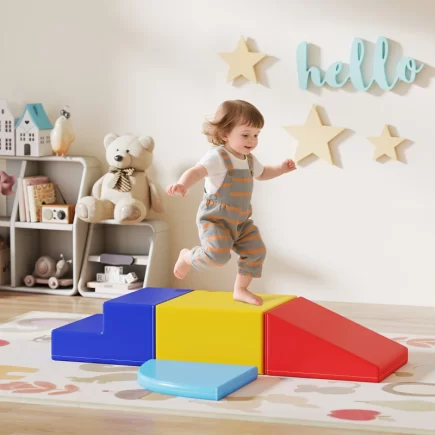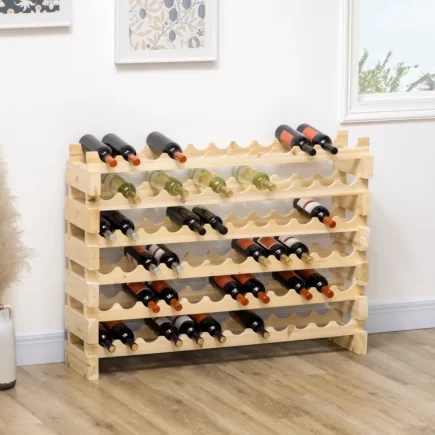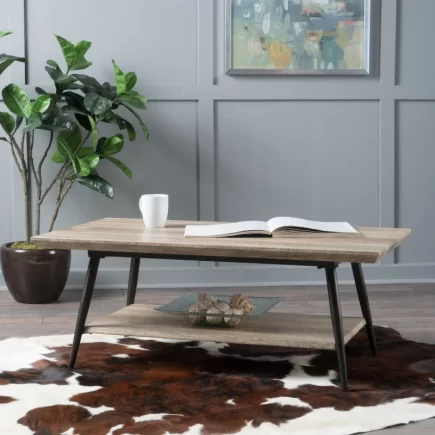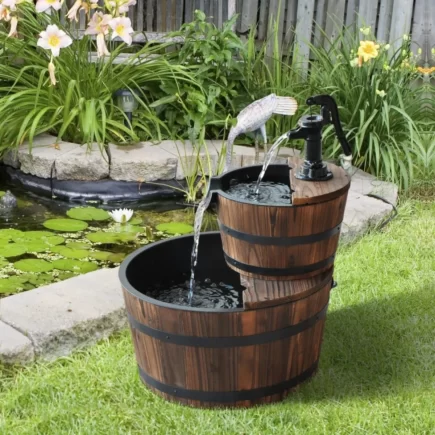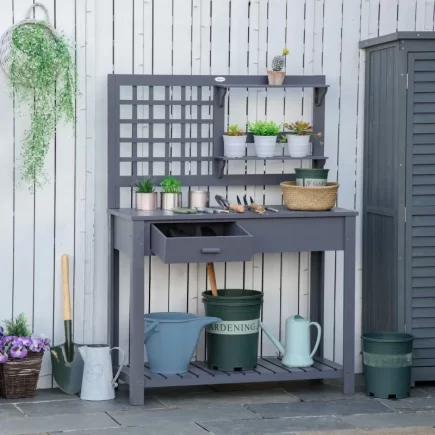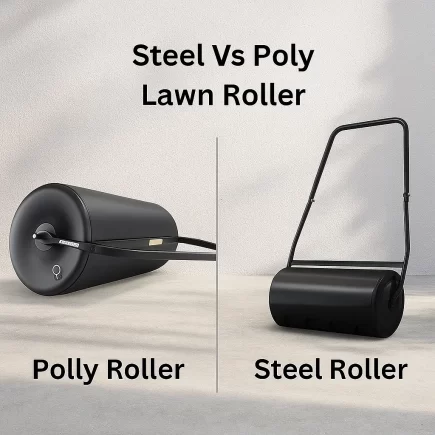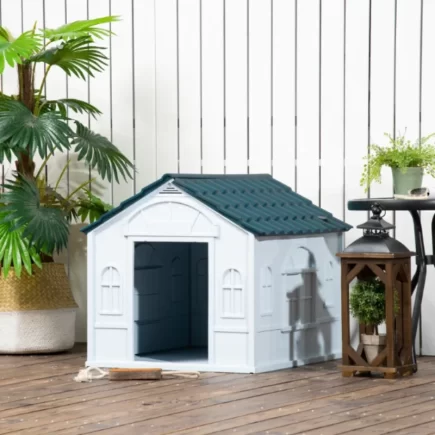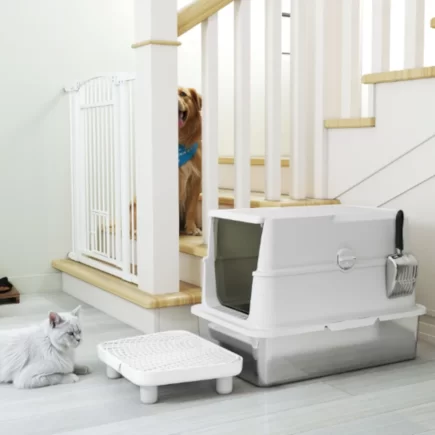Area rugs add warmth, texture, and style to any home, but even the best ones eventually wear out. When colors fade, backing peels, or the surface frays, you’re left wondering what to do next. Dragging your rug to the curb with household trash might seem easy, but most city waste programs won’t accept it that way. The right approach depends on its condition, materials, and local disposal options.

This guide explains exactly how to dispose of area rugs safely, legally, and sustainably, using six practical methods suited for every situation.
Assess the Condition of Your Area Rug
Before choosing a disposal method, inspect your rug to determine if it’s still reusable, recyclable, or beyond repair.
Inspect for Damage
Look for visible wear or issues such as:
- Frayed edges or unraveling seams
- Heavy stains, discoloration, or odor damage
- Mold or moisture spots (common in basements or patios)
- Flattened pile or deteriorating backing

If your rug shows extensive damage, recycling or professional disposal is the best path.
Evaluate Cleanliness
A rug that’s only lightly faded, dusty, or worn in small areas can often be donated, sold, or upcycled. Vacuum thoroughly and deodorize before deciding.
Method One: Recycle It
Recycling prevents bulky rugs from clogging landfills and gives their fibers a second life.
- Synthetic rugs (like nylon or polypropylene) are often reprocessed into carpet padding, insulation, or industrial felt.
- Natural-fiber rugs (cotton, wool, or jute) can sometimes be composted or repurposed through textile recovery centers.
How to Recycle Your Area Rug
- Locate a recycler
Check your local waste and recycling directory for approved textile drop-off centers. Many municipalities now include area rugs in their recycling programs, making it easier to find a facility nearby. - Prepare your rug
Clean the rug thoroughly and let it dry completely. Cut it into smaller pieces for easier handling, and remove any metal trim or rubber backing if present.
| Material Type | Recyclable? | Notes |
| Wool, Jute, Cotton | Yes | Compostable or recyclable textiles |
| Nylon, Polypropylene | Yes | Accepted at specialized centers |
| Blended Synthetics | Partial | Depends on mix ratio |
| Rubber Backing | No | Must be disposed separately |
Method Two: Schedule a Bulk Waste or Large-Item Pickup
When recycling centers aren’t nearby or the rug is too large to move yourself, most cities allow bulk or large-item pickup by appointment.
How It Works
- Call or check your city’s sanitation website to confirm rugs are accepted under “bulk waste.”
- Book a pickup date, many municipalities offer one free collection per year.
- Prepare the rug by rolling, tying, and labeling it.
- Following local rules, some require rugs to be covered or placed at the curb no earlier than 24 hours before pickup.

Pro Tip:
Avoid putting rugs outside in wet weather. A soaked rug can double in weight and be rejected for collection.
Method Three: Donate or Rehome Your Rug
If your rug is still in usable condition, donation or resale is the most eco-friendly and community-positive choice.
Where to Donate
- Thrift Stores: Many ReStores and Goodwill locations accept clean rugs.
- Animal Shelters: Shelters use rugs to line kennels or pet areas.
- Community Centers: Often accept rugs for family outreach or youth spaces.
Sell or Rehome Online
List your rug on online marketplaces. Mention size, color, and condition, and include good photos.
| Step | Task | Purpose |
| 1 | Vacuum and spot clean | Removes dirt and allergens |
| 2 | Roll and tie | Easier handling |
| 3 | Label with dimensions | Helps buyers or centers |
| 4 | Arrange pickup/drop-off | Simplifies the process |
Tip: Confirm acceptance before donating, some centers decline rugs with pet odors or heavy stains.
Method Four: Let the Retailer or Flooring Company Handle It
If you’re replacing your rug, ask the retailer or delivery company to manage disposal of your old one. Many include removal as part of their service.
What to Ask
- Do you collect old rugs during delivery?
- Is disposal eco-friendly or recycling-based?
- Are there additional charges?

| Service Type | Disposal Type | Availability |
| Retailer Take-Back | Recycling or donation | With purchase |
| Installer Removal | Recycling or landfill | Add-on service |
| Private Contractor | Mixed | On-demand |
Expert Tip:
If you’re environmentally conscious, request written confirmation that the rug will be recycled, not landfilled.
Method Five: Upcycle It Around the House
If your rug isn’t fit for resale but still functional, transform it into something useful instead of throwing it out.

Creative Upcycling Ideas
| Upcycle Use | Location | Key Benefit |
| Pet Bedding | Indoors/Garage | Adds comfort and insulation |
| Car Liner | Vehicle Trunk | Prevents scuffs and dirt |
| Garden Path | Outdoor | Reuses durable fibers |
| Drawer Liner | Kitchen | Improves grip |
| Wall Décor | Living Room | Creates unique texture |
- Even worn Outsunny outdoor rugs can become sturdy mats or protective coverings.
- Upcycling supports zero-waste living and adds creativity to your home.
Method Six: Dispose of It Gradually (Last Resort)
If no recycling, donation, or pickup options are available, gradual disposal can be used as a last-resort method.
How to Do It Responsibly:
- Cut the rug into 3–4-foot strips using a utility knife.
- Place each section into heavy-duty trash bags to prevent mess or injury.
- Add small portions to your regular household trash over several collection weeks.
- Confirm with your local waste management department that textile waste is permitted in regular garbage collection.

This approach helps avoid illegal dumping and keeps disposal safe and manageable. However, it should only be used when no other sustainable alternatives exist.
Helpful Tips for Any Disposal Method
- Clean before disposal: Reduces odor and contamination.
- Keep it dry: Damp rugs weigh more and can mold quickly.
- Label properly: Mark “Rug” or “Textile Waste” on bags.
- Check regulations: Each municipality has unique requirements.
- Buy smart next time: Rugs made from recycled polyester, PET, or natural fibers are easier to recycle later.
| Rug Type | Eco Rating | Average Lifespan | Easy to Recycle? |
| Wool | Excellent | 10–20 years | Yes |
| Polypropylene | Moderate | 5–10 years | Yes (special facilities) |
| Cotton | Good | 8–12 years | Yes |
| PET (Recycled Plastic) | Excellent | 8–15 years | Yes |
| Nylon | Fair | 10+ years | Partial |
Disposing of an Area Rug responsibly doesn’t just declutter your home, it helps protect the environment and supports community reuse. Whether you recycle, schedule bulk pickup, donate, or repurpose, each method prevents valuable materials from being wasted. By thinking ahead and choosing the right disposal method, you’re not just maintaining a clean home, you’re making a sustainable choice that benefits your space and the planet.
If you’re ready for a fresh look after disposing of your old rug, explore Aosom’s Area Rug collection for stylish and affordable options to refresh your home.
FAQs
1. Can You Throw an Area Rug in the Trash?
Most cities don’t allow area rugs in household trash because they’re bulky and contain mixed materials. Always check local bulk waste guidelines before putting a rug out for pickup.
2. Can outdoor rugs be recycled the same way as indoor rugs?
Outdoor rugs often contain UV-resistant coatings or plastic fibers, which may require special processing. Contact your local textile recycler to confirm acceptance, or repurpose them as patio mats or garage floor liners.
3. What’s the safest way to remove a large area rug from a room?
Always move furniture first, then roll the rug tightly from one side to prevent creasing. Use gloves to protect your hands, and if it’s heavy, fold it in sections for easier lifting or transport.
4. Can I burn an old rug to get rid of it?
No. Burning rugs releases toxic fumes, especially those made of synthetic fibers. Always choose recycling, donation, or professional disposal instead to protect your health and the environment.


